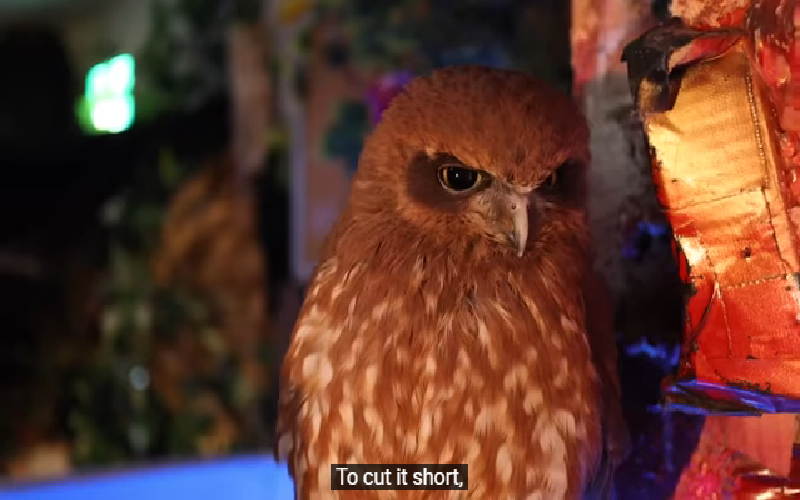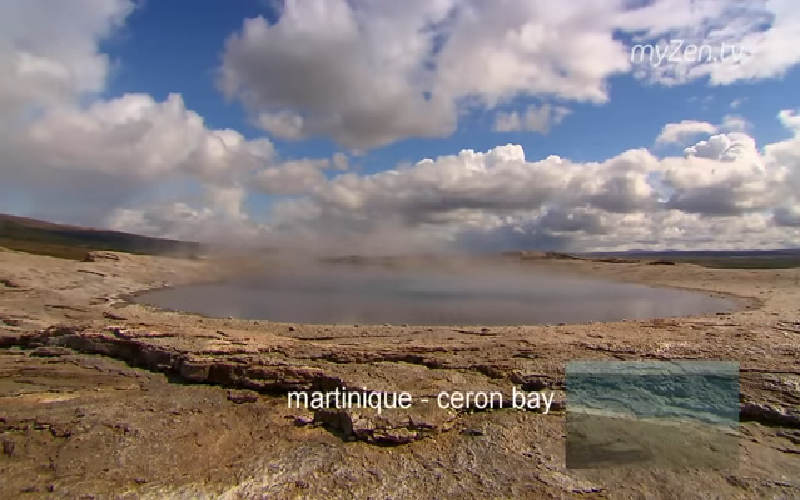
I greet everyone who decided to visit us today for another conversation about beautiful precious things.
I propose to find out where the scepter and orb used by the Russian tsars came to Russia, and why Ivan the Terrible believed that they had healing properties?
Holding the scepter in his right hand and the orb in his left, the Russian monarch ascends the throne in the last part of the Russian coronation ceremony. The first tsar to use these regalia was Fedor I (1557-1598), son of Ivan the Terrible, and the last was Nicholas II (April 27, 1906), although the emperor touched the regalia. Instead, they were placed on the ceremonial table to the right of Nicholas II.
Scepter and orb of Rurikovich and Romanovs
Viktor Mikhailovich Vasnetsov, Ivan the Terrible Viktor Mikhailovich Vasnetsov, Ivan the Terrible
The monarch’s scepter is perhaps the oldest symbol of power. In its origins, there is a connection between the power of the shepherd over his flock and the power of the priest over his parish. The scepter is also often used by high-ranking priests in a wide variety of religions. In the hand of the monarch, it symbolizes the trunk of the tree of life, connecting heaven and earth.
Such a scepter can be seen on the old Russian coins of Vladimir the Great and Prince Svyatopolk. On them the prince holds a scepter adorned with a cross. Similar images are found on Byzantine coins of the same era.
The wand or scepter is slightly different – it is shorter. In the military units of the Roman Empire, it was used as an attribute of the commander, and later, in the Middle Ages, the scepter was adopted by European monarchs as an attribute of military and secular power.
Litovchenko A.G., Ivan the Terrible shows the treasury to the English envoy Horsey. Litovchenko A.G., Ivan the Terrible shows the treasury to the English envoy Horsey.
The first scepter in Russia is probably depicted in the illustrations for the Radziwill Chronicle (13th century), where the Kyiv prince Svyatoslav II held the scepter during a meeting with German envoys. But the scepter was not officially used until the 16th century, and the princes of Muscovy used wands for their regalia (as well as the crown).
In 1553, the English ambassadors Robert Chancellor and Clement Adams recorded that Ivan the Terrible greeted them sitting on “a gilded chair with a crown on his head and a scepter of crystal and gold in his right hand.” Since then, the king always held the scepter during ceremonies.
But Ivan the Terrible always carried a scepter with him as a symbol of his strength. Jerome Horsey, another English diplomat in Russia, writes that Ivan believed that his wand, made from “unicorn horn”, had healing powers! During a conversation with Horsey, Ivan announced: “I am poisoned by the disease.” He then ordered his therapist to draw a circle on the table with a jewel-encrusted stick crafted from a unicorn horn (most likely a narwhal tusk) and place two spiders in it. One dies and the other runs away, and Ivan says, “It’s getting late. This (wand) will not save me.”
Fedor I Ivanovich (1584-1598) – the last Russian emperor from the Rurik dynasty, the son of Ivan the Terrible and Anastasia Romanovna. Fedor I Ivanovich (1584-1598) – the last Russian emperor from the Rurik dynasty, the son of Ivan the Terrible and Anastasia Romanovna.
During the coronation of Theodore I in 1584, he used both the scepter and the orb, which were worn on a cushion in front of him. Unfortunately, Fedor’s scepter has not survived to this day.
Orb and scepter, part of the clothes of Tsar Mikhail Romanov. Gold, precious stones, enamel. Beginning of the 17th century. Collection of the Kremlin Armory Orb and scepter, part of the clothes of Tsar Mikhail Romanov. Gold, precious stones, enamel. Beginning of the 17th century. Collection of the Kremlin Armory
The oldest known scepter of Russian tsars is the scepter used by the first Romanov, Michael I, during and after his coronation. Most likely, this scepter was a gift from the Holy Roman Emperor Rudolf II. Another, used by Alexei Mikhailovich Romanov, arrived from Istanbul in 1662 along with the orb.
During the coronation of Peter the Great, Peter used an old style scepter made in Moscow – very similar to Rurik’s sceptres. But in 1762, Leopold Pfisterer, an Austrian jeweler in the Russian service, made an imperial scepter for Catherine II, which has since been used at coronations.
The imperial scepter, which differs from the previous ones, belonged to Catherine II in the 1770s. Its length is 59.5 cm. The golden case is covered with eight diamond rings. Above – the Orlov diamond with a golden double-headed eagle, decorated with black enamel with diamonds.
In 1774, Orlov’s diamond, 59.6 cm long and weighing 604 grams, was installed on the scepter. 395 g of gold, 60 g of silver and 193 diamonds were also used to make the scepter. Since 1967, it has been exhibited in the Diamond Fund of the Kremlin Armory.
The orb is also part of the royal regalia and symbolizes the spiritual and religious power of the monarch over the world. Like the scepter, the orb also comes from the Roman Empire. The sphere held by the god Jupiter represents the world or universe, while the metal sphere held by the emperor symbolizes his dominance.
With the development of Christianity, the state was covered with a cross. The emperor holds the ball (world) in his hand to show that he controls it in the name of God. Just like the scepter, the use of the orb was adopted by the Russian tsars in Constantinople.
The Russian Imperial Power was created in 1762 by the jeweler Eckart and restored in 1984 by Ivanov and Aleksakhin.
There are four Russian powers. The first was used by the first Romanov, Michael I. She was delivered with a scepter from Rudolf II. It presents scenes from the life of the biblical king David. The Greek ball with a scepter, which came from Istanbul in 1662, was used by Alexei Romanov. For Peter II, they also made a state. It is quite small, because in 1727 the future monarch was only a 12-year-old boy.
Unique masterpieces kept in miniature copies of the imperial scepter and orb are exhibited by the Diamond Fund in the Kremlin. The copy is two thirds of the original. For their manufacture, platinum, gold, diamonds and sapphires were used.
Finally, the Imperial orb, 24 cm high and 48 cm in diameter, was made for Catherine II by the court jeweler Georg Friedrich Eckart.
It is a smooth polished golden ball surrounded by diamond bands. During the reign of Paul I, the ball was decorated with a Ceylon sapphire weighing 195 carats. For its manufacture, 465 g of gold, 305 g of silver and 1370 diamonds were used.
So, we learned how symbols of power appeared in Russia. And in order to see them in all their glory, it is enough to go to the Diamond Fund.


